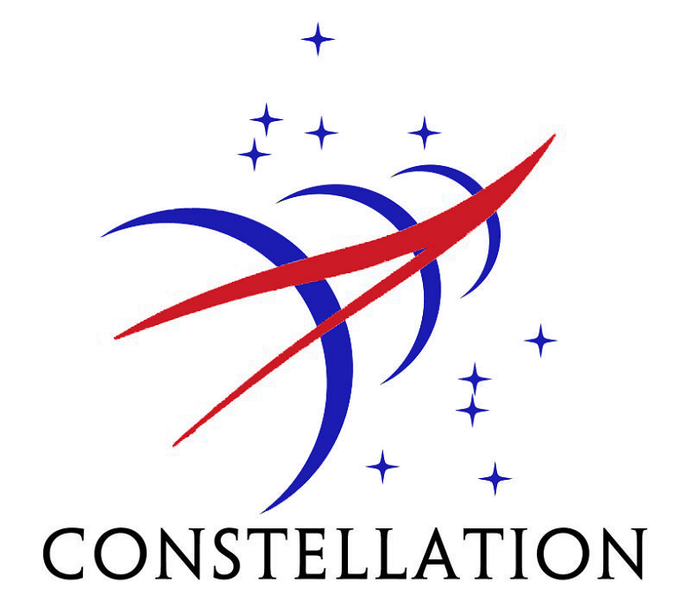With all the speculation currently making the rounds about Obama axing the
Constellation
program and ending the possibilities of humans returning to the Moon anytime soon, it was brought to our attention by a reader that under the
2010 Consolidated Appropriations Act, H.R. 3288
, passed on September 17, 2009, Congress inserted a clause in the language of the FY2010 NASA funding bill that would prevent President Obama from terminating the Constellation program without Congressional approval. Senator Bill Nelson of Florida and Senator Richard Shelby from Alabama -- two states that have a huge stake in NASA's future -- were the main sponsors of the clause in the Senate version. So, it doesn't appear that Obama can just cut Constellation, not without a fight, anyway.
Also while we're on the subject of NASA's future, Administrator Charlie Bolden spoke in Israel yesterday, and journalist
Avi Blizovsky from the online publication Hayadan
shared with Universe Today some interesting comments Bolden made about NASA's direction.
Bolden apparently confirmed that an agreement had been reached between NASA and its international partners to continue operations of the International Space Station until 2020. (Another Russian report said that NASA has suggested keeping the station operational until 2028).
[caption id="attachment_52726" align="alignnone" width="250" caption="Charlie Bolden in Israel. Credit: Avi Blizovsky"]
[/caption]
Bolden was in Israel at the Ilan Ramon International Space Conference to help announce that two new Israeli astronauts will be named.
Bolden said there will be dramatic changes to the human spaceflight program. "We are going to have to adapt to change, and the President's decision is the beginning of the debate," Bolden said. Without offering specific detail he added, "Based on what I know today is this is the best thing for the nation and for the family of space fairing nations."
He said the current budgetary situation does not allow NASA to go to the Moon, but he emphasized the importance of international partnerships returning to the Moon and going to Mars. "Flying in space is expensive and risky and requires a broad set of capabilities that it is difficult for one nation to do it," he said. "I think what President Obama wants me to do is work more closely with international partners."
But he also stressed how commercial space companies will extremely important to the future of space exploration.
"As we phase the space shuttle out, we have got to find another way to get humans to space. What we're going to focus on, … is facilitating the success of, I like to use the term 'entrepreneurial interests'," he said, saying that NASA has always used commercial companies to build and maintain the shuttle and other vehicles. "What's going to change, I think, is that instead of NASA buying a vehicle and then taking over its primary operations, we will buy a service."
So, back to speculating:
Also, remember the
news that broke shortly after Obama and Bolden met
at the White House in December: a White House insider reported that Obama is going cut Ares, but still ask Congress to fund a new heavy-lift launcher to take humans to the moon, asteroids, and the moons of Mars. The news in December said NASA would receive an additional $1 billion in 2011 (now reports are saying $1.8 billion) to get the new launcher on track and to bolster the agency's fleet of robotic Earth-monitoring spacecraft.
So don't count out returning to the Moon just yet.
Hat tip to UT reader Craigboy and the Daily Kos
 Universe Today
Universe Today
